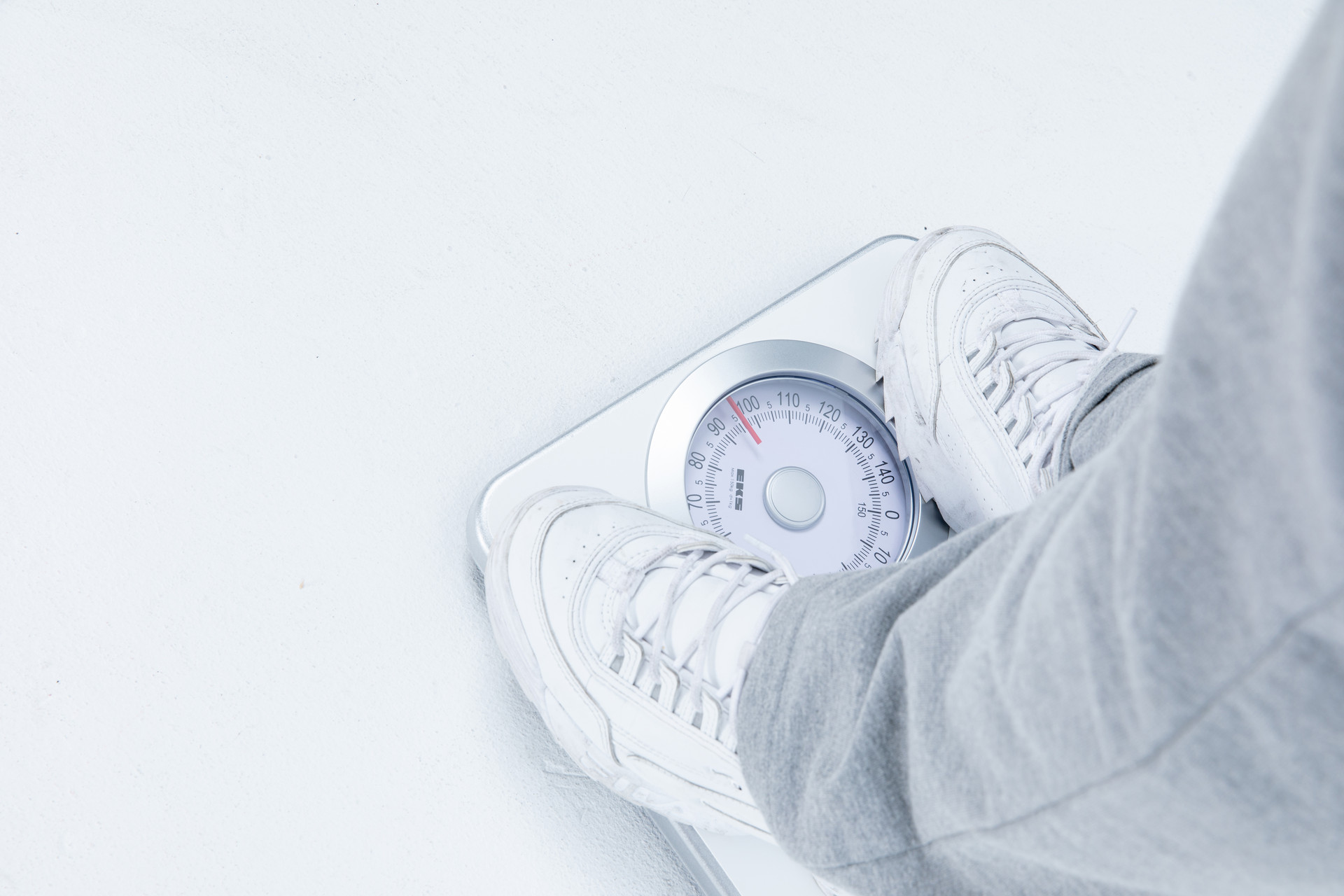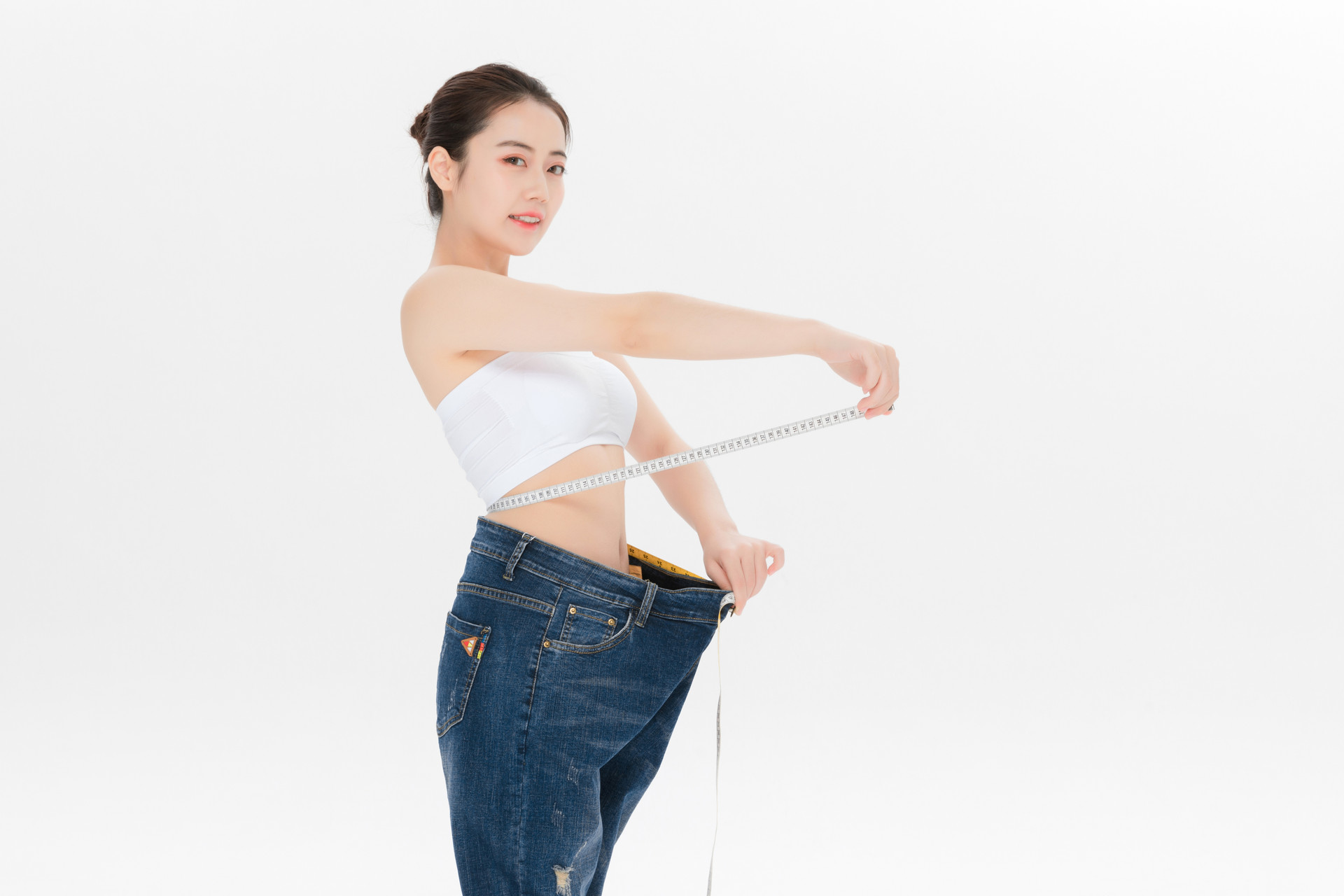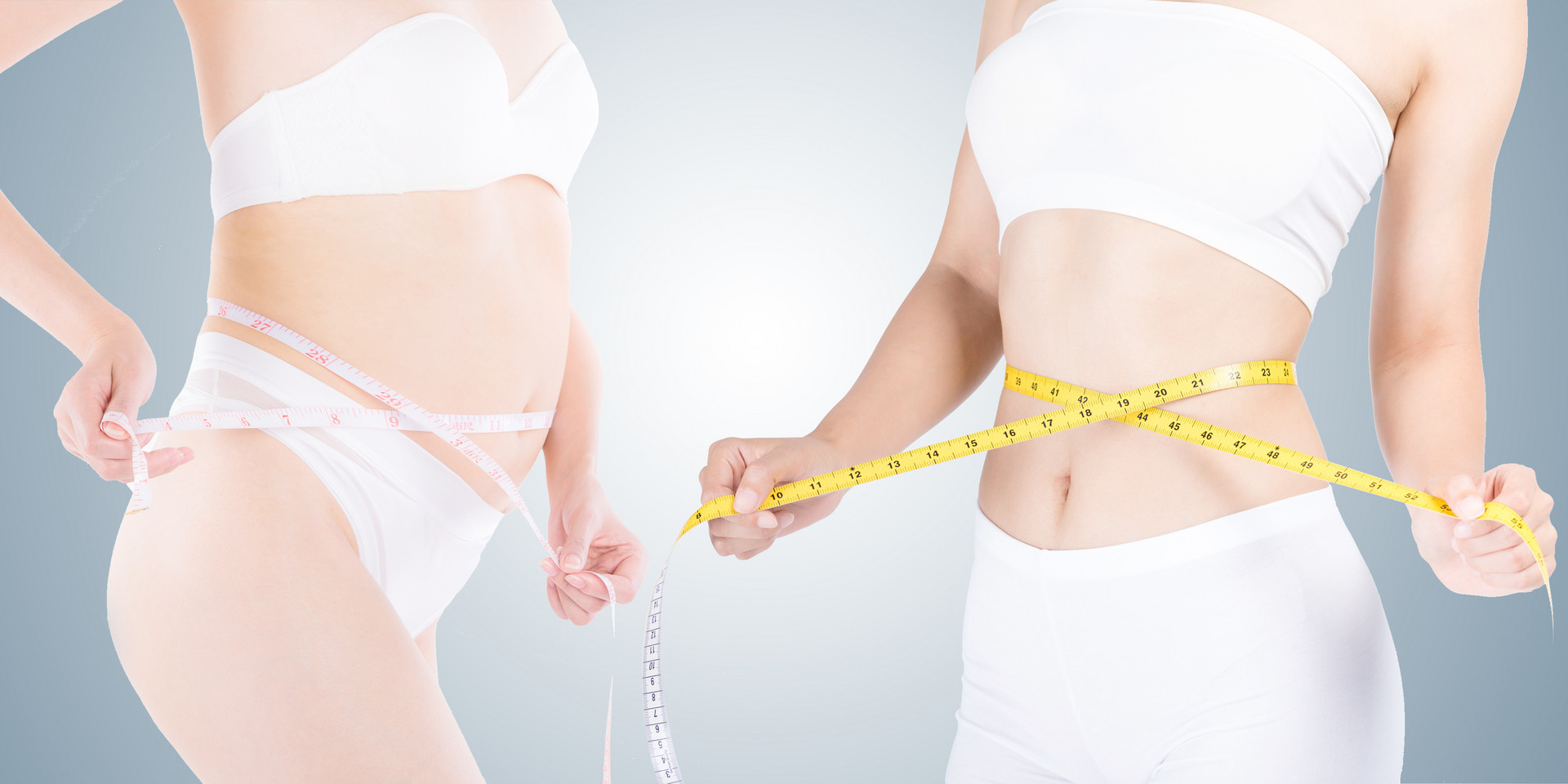Due to busy lifestyles and lack of exercise, many people are troubled by obesity. Many young people have developed "love handles" at an early age, especially those with central obesity. Therefore, "grasping the belt pulse" as a simple and easy-to-learn method of health and weight loss has gradually come into people's view.
The belt pulse is like a rope, tied around the waist
Before understanding "how to grasp the belt pulse", it is necessary to understand "what is the belt pulse". In traditional Chinese medicine, the "belt pulse" is one of the eight extraordinary meridians of the human body. It starts at the Ji Xie (lower ribs), slants downward, goes around the waist and abdomen, and then runs diagonally along the upper edge of the ilium to the lower abdomen where the Belt Vessel Point is located (below the free end of the 11th rib on the lateral abdomen and intersecting with the horizontal line of the umbilicus).
Unlike other twelve regular meridians and eight extraordinary meridians, it is the only meridian that runs horizontally. This meridian is like a rope that connects all the meridians together and is tied around the waist, hence the name "belt pulse".
Binding the meridians with the "belt pulse" for harmonization and smoothness
Yang Xuancao of the Tang Dynasty once said in the annotation of the "Nanjing": "The term 'belt' means binding. It means binding all the meridians, making them harmonious and smooth." Just like a belt can hold up pants and prevent them from sagging, the belt pulse can bind the longitudinal meridians (including the twelve regular meridians, Yin Qiao meridian, and Yang Qiao meridian) to strengthen the horizontal connection between the meridians, playing a role in coordination and smoothness.
If the belt pulse is dysfunctional, it can lead to various symptoms caused by the lack of restraint, such as uterine prolapse, leukorrhea, and local obesity. In addition, the belt pulse is closely related to women's menstruation and discharge, as it is an important meridian for regulating the function of the menstrual cycle and various female organs.
The waist and abdomen are the location of the uterus and lower jiao, which can restrain the meridians and stabilize the lower jiao's original qi. "The Confucian Family Matters" says: "The three meridians of Chong, Ren, and Du start together but go in different directions, originating from the same source but diverging into three, all interconnected with the belt pulse." In the anatomical position of Western medicine, there are inferior and superior vena cava under the belt pulse, as well as intercostal nerves. The waist and abdomen surrounded by the belt pulse are distributed with organs such as the kidneys, large intestine, uterus, ovaries, and bladder. Therefore, the smoothness of the belt pulse is closely related to the health of the human body, especially its significant impact on reproductive health.
Stagnation of the belt pulse leads to the formation of excess fat
The abdomen is the "palace city of the five zang organs and six fu organs, and the source of yin and yang qi and blood". The abdomen belongs to yin, and all yin meridians pass through the abdomen, such as the liver meridian, kidney meridian, and spleen meridian. If the meridians passing through become stagnant or dampness accumulates, it can cause stagnation in the belt pulse, hinder the smooth circulation of essence and qi, weaken the metabolic function of surrounding tissues, and cause obesity.
This type of obesity is generally manifested as excess fat in the waist and abdomen, and not necessarily as general obesity throughout the body. Therefore, the excess fat in the waist and abdomen can also be used as one of the indicators to determine whether the belt pulse is unobstructed. Since ancient times, there has been a saying "men should not reveal their waist, and women should not reveal their abdomen", which is about protecting the belt pulse. It is important to keep the waist and abdomen warm and avoid catching cold.
The method of grasping and reducing the waist
In ancient times, stimulating the belt pulse to treat gynecological diseases was a common method. By massaging or needling the belt pulse, it can regulate menstruation, stop excessive discharge, and promote the smooth flow of liver qi. This method is most effective in eliminating blood stasis and heat in the meridians in this area. The currently popular method of grasping the belt pulse for health and well-being mostly originated from this.
Use both hands to pinch the skin and muscle tissue at the location of the belt pulse and pinch it outward. The specific amplitude can be adjusted according to personal tolerance, and appropriate force can be applied, preferably with a slight pain. Persist in doing 4 sets every day, with each set consisting of 50 pinches.
Although grasping the belt pulse is a method of health preservation suitable for people of all ages and genders, it is not recommended for people with skin diseases or tissue injuries. Pregnant women are strictly prohibited from doing it.
This method is simple to operate and has significant effects. For those with accumulated fat in the waist and abdomen, local stimulation can promote the metabolism of subcutaneous fat and reduce the generation of excess fat, resulting in a slim waist. The belt pulse also has the function of restraining the meridians. While dredging the belt pulse, it can also dredge the yin meridians, achieving the effect of slimming the whole body.
Strengthening the kidneys and protecting women's health
The relaxation of the belt pulse can also cause various symptoms of prolapse. These symptoms can be divided into two categories. One category is when the belt pulse is weak and unable to restrain properly, the Ren meridian is affected, and the uterus, as the "master" of pregnancy, becomes unstable, leading to threatened miscarriage. For example, after the relaxation of the belt pulse, some organs in the lower abdomen may also sag, such as colonic prolapse and uterine prolapse.
In addition, various pathogenic factors such as phlegm, dampness, cold, and heat can affect the belt pulse, causing its restraining ability to weaken, leading to gynecological diseases such as excessive vaginal discharge.
Grasping the belt pulse can accelerate local blood circulation, promote the circulation of meridians and blood, thereby alleviating the coldness and pain symptoms of surrounding tissues in the waist. Actions such as pinching and pulling can also stimulate the intestines, enhance intestinal peristalsis, promote bowel movements, and relieve constipation. The kidneys are located in the waist. By grasping and pulling the corresponding points on the surface of the kidneys and other organs (all around the belt pulse), the blood circulation of the organs can be appropriately increased, thereby strengthening the kidneys.
Therefore, many health enthusiasts use "grasping the belt pulse" as a method of health preservation.








